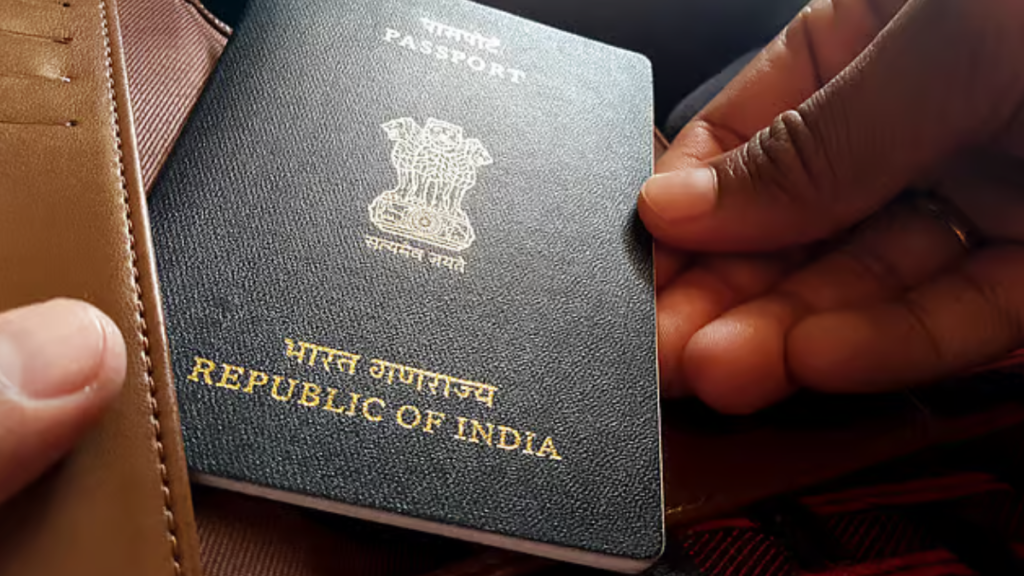Visa clampdown by the United States under the Trump administration is expected to cause a sharp decline in the number of Indian students heading to American universities. With new restrictions on student visas, paused visa interviews, and funding cuts to institutions, experts predict at least a 15 to 20 percent drop in Indian student enrollment for the 2025–26 academic cycle. This decline could significantly impact the US’s $45 billion education economy, which depends heavily on international students.
Growing Uncertainty Among Students
The recent policy disruptions have created widespread concern, especially among Indian students, who make up a large portion of the international student population in the US. These students not only contribute through tuition but also spend on housing, food, travel, and other daily expenses, supporting over 378,000 jobs and injecting $6 billion into local economies during the 2023–24 academic year.
According to Sachin Jain, Country Manager of ETS India and South Asia, “Stable visa and education policies have long made the US the most preferred destination for international students. But sudden clampdowns and unclear rules are making many reconsider their plans.”

Sharp Decline in Student Visas
The numbers reflect the shift. In 2024, the US issued over 86,000 F1 student visas to Indians, a steep fall from the 130,000 issued in 2023. Globally, around 400,000 F1 visas were issued in 2024, and a further 15–20 percent drop next year could hit universities hard, both financially and academically.
The impact is deeper than just numbers. Around 54 percent of international students in the US are enrolled in STEM fields, filling critical skill gaps in areas like technology, healthcare, engineering, and finance. Nearly 250,000 students are currently working in these sectors through Optional Practical Training (OPT) programs.
Students Turn to Other Destinations
The growing uncertainty has led many Indian students to explore alternative countries for higher education. The UK has seen a rise in applications in 2025 compared to the previous year. Germany, known for its tuition-free public universities and strong STEM programs, is projected to host more than 50,000 Indian students by 2025.
Ireland, too, has seen an increase—from 7,000 Indian students in 2022–23 to over 9,000 in 2023–24. Its appeal lies in affordability, English-speaking institutions, and strong job prospects in tech and healthcare sectors. Other destinations like the Netherlands, New Zealand, and Central European countries are also gaining traction due to flexible post-study work options and high-quality education.
TOEFL and GRE Still Offer Flexibility
ETS, the organization behind TOEFL and GRE, is helping students navigate these changes. Jain noted that TOEFL and GRE scores are valid for two and five years respectively, and are accepted in over 160 countries. This gives students the flexibility to apply to multiple countries and institutions beyond the US.
“Even if students change their plans midway, their test scores remain valid and useful globally,” Jain explained.
Impact on Research Scholars
The visa restrictions don’t just affect new students. Doctoral candidates and research scholars already enrolled in US institutions also face challenges. Some may experience funding issues or delays in completing their research. Experts advise these students to stay in touch with university advisors and explore alternate funding sources or temporary deferrals if needed.
A Shift Toward India as a Study Hub
With the global education map shifting, there is growing conversation around India positioning itself as more than just a source of international students. Jain believes this could be a turning point for India to emerge as a host country. The National Education Policy (NEP) 2020, along with the launch of global campuses in places like GIFT City and Navi Mumbai, is making India more appealing for international collaborations and student exchange.
Conclusion
The visa clampdown by the US has disrupted the dreams of thousands of Indian students while also posing risks to the American economy and global academic exchange. But this shift is also opening up new possibilities—students are looking beyond traditional destinations, and India is beginning to reimagine its role on the global education stage. The coming years may mark a new chapter in how and where students pursue their global academic journeys.
ALSO READ
Age Six Criteria to Be Mandatory for Class 1 Admissions in Delhi from 2026
Kashmiri Students Choosing Iran for Medical Studies
A decade after NALSA, trans students still await inclusion on Indian campuses